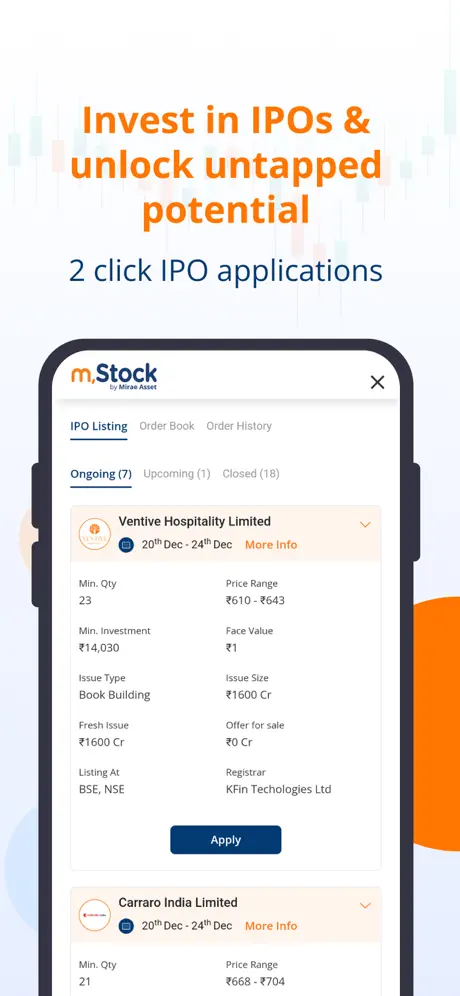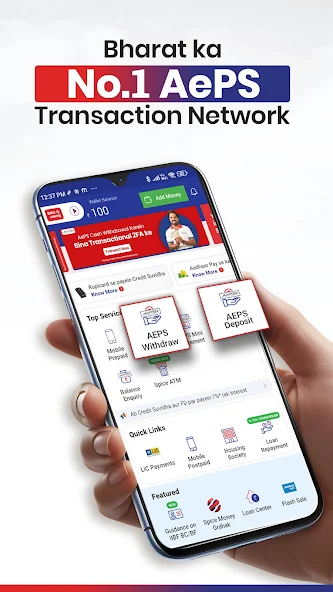Digital financial solutions have changed the way people handle daily transactions. A reliable Money Transfer system allows individuals to send and receive funds quickly while maintaining clarity and control over their finances. Along with this, QR Code Payment methods have made payments simpler by reducing the need for manual details. Together, Money Transfer and QR Code Payment solutions support smooth, accurate, and timely transactions for personal and business use.
In today’s environment, users prefer tools that reduce effort and improve reliability. A smart Money Transfer platform helps manage routine payments, peer-to-peer transfers, and bill settlements. When QR Code Payment features are included, the process becomes even more efficient. This explains how Money Transfer platforms work, their benefits, and how QR Code Payment methods contribute to easier payment management.
Understanding Modern Money Transfer Systems
Money Transfer platforms are designed to move funds digitally between individuals, accounts, or service providers. These systems eliminate the need for cash handling and lengthy processes. A secure Money Transfer setup ensures that transactions are completed accurately and within a short time frame.
How Money Transfer Platforms Operate
A Money Transfer platform connects users through a secure digital network. After entering payment details or scanning a QR code, the transaction is processed instantly. QR Code Payment reduces manual entry errors and speeds up the process. This combination ensures smooth and dependable transfers.
Importance of Digital Money Transfer
Digital Money Transfer systems help users manage payments without physical limitations. Whether sending money to family or paying for services, these platforms provide consistency. QR Code Payment further simplifies this process by allowing quick payments through a single scan.
Role of QR Code Payment in Daily Transactions
QR Code Payment has become an essential feature in modern payment systems. It allows users to complete transactions by scanning a code, avoiding the need to enter account details manually. When combined with Money Transfer functionality, it creates a seamless payment experience.
Ease of Use with QR Code Payment
QR Code Payment is easy to understand and use. Users only need a compatible device to scan and confirm the payment. This simplicity supports faster Money Transfer operations and reduces transaction time.
Accuracy and Speed
Manual payment methods may lead to errors. QR Code Payment minimizes such risks by automating the process. As a result, Money Transfer transactions are completed with greater accuracy and speed.
Benefits of Using a Smart Money Transfer Platform
A well-designed Money Transfer platform offers several advantages that improve financial management. These benefits are especially useful for individuals who make frequent payments.
Convenience and Flexibility
Money Transfer platforms allow users to send funds anytime and from anywhere. QR Code Payment adds flexibility by enabling instant payments at physical and digital points. This convenience supports everyday financial needs.
Centralized Transaction Records
All Money Transfer activities are recorded in one place. Users can review past transactions, track spending, and manage budgets more effectively. QR Code Payment transactions are also logged, ensuring transparency.
Reduced Dependence on Cash
Digital Money Transfer systems reduce the need for cash handling. QR Code Payment supports contactless transactions, which improves safety and efficiency.
Security Measures in Money Transfer Platforms
Security is a key concern in digital payments. A dependable Money Transfer system uses strong security protocols to protect user information and funds. QR Code Payment methods are also designed with safety in mind.
Data Protection and Authentication
Money Transfer platforms use authentication steps to verify users before processing transactions. QR Code Payment systems include secure validation to ensure payments reach the correct recipient.
Transparent Processing
Clear transaction confirmations and records build trust. Users can verify each Money Transfer and QR Code Payment, ensuring accountability and accuracy.
Choosing the Right Money Transfer Solution
Selecting the right Money Transfer platform requires attention to usability, security, and features. Users should choose systems that support both traditional transfers and QR-based payments.
Simple Interface
An easy-to-navigate interface makes Money Transfer tasks straightforward. QR Code Payment features should be accessible without complex steps, supporting all types of users.
Reliable Support Features
Good support systems, including transaction alerts and payment history, improve the overall experience. These features ensure that Money Transfer and QR Code Payment processes remain dependable.
Future of Money Transfer and QR Code Payment
Digital payment systems continue to develop with a focus on efficiency and user control. The integration of Money Transfer platforms with QR Code Payment reflects the demand for faster and simpler transactions.
Growth of Contactless Payments
QR Code Payment is expected to grow as users seek faster payment methods. This trend supports the wider adoption of digital Money Transfer solutions.
Improved Financial Awareness
With detailed transaction insights, users gain better understanding of their spending habits. Money Transfer records and QR Code Payment logs help users plan finances responsibly.
Conclusion
A smart Money Transfer platform plays an important role in simplifying modern payments. By enabling quick fund transfers and supporting QR Code Payment methods, it offers a practical solution for everyday financial needs. The consistent use of Money Transfer tools helps users manage expenses efficiently while maintaining clear records.
QR Code Payment further enhances the experience by reducing manual effort and improving transaction speed. Together, Money Transfer and QR Code Payment systems provide a reliable framework for secure and organized payments. Adopting a well-structured Money Transfer platform with QR Code Payment support allows individuals to handle daily transactions with confidence, accuracy, and ease.







